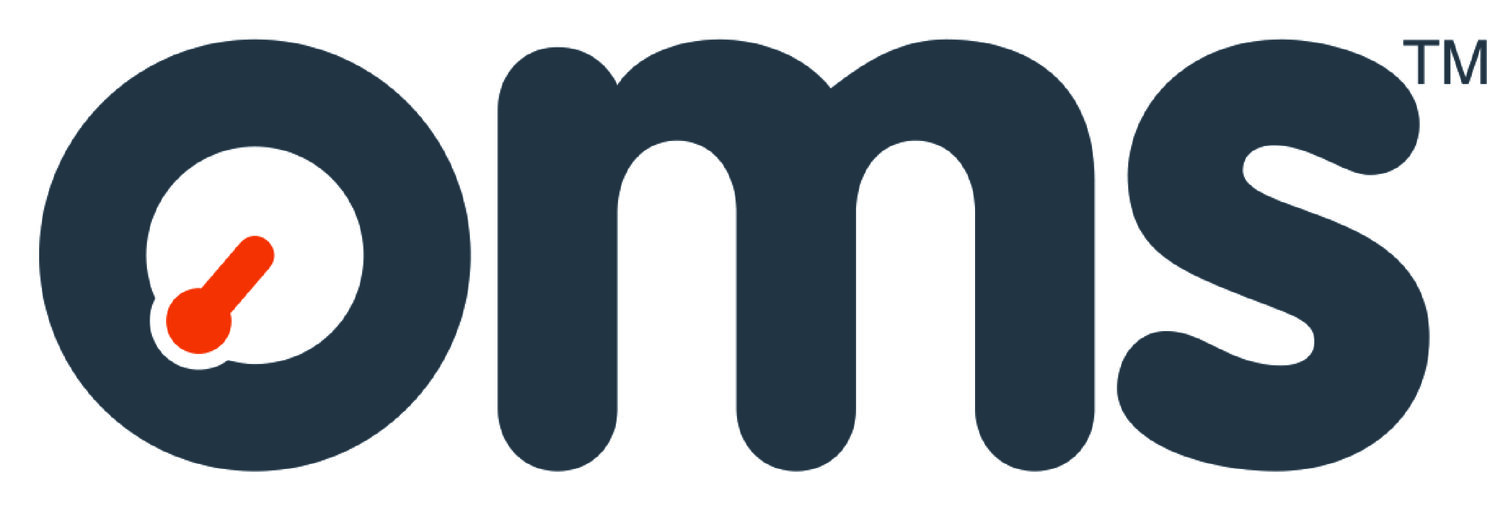Nine innovations for pipe inspection that led to a Queens Award
The latest in a series on our third Queen’s Award win and how the OMS approach to innovation affects our clients and our business.
The OMS approach to innovation means we are constantly thinking about new and better ways to do things. Our clients know we are always looking to improve our services and technology in ways that will benefit them – more reliable and robust tools, better quality welds, stronger, safer pipelines and less expensive downtime. Winning our third Queen’s Award for Innovation recently provides external confirmation of the value of our approach.
The following article has a more technical focus and includes more detailed information about some of the specific technological innovations that helped us to our third win. If you are interested in our award-winning weld inspection system we would love to hear from you. Please contact us here.
Single point laser
Our first iteration used a single point laser, which scanned across the weld, building up a 2D cross-section. The process was repeated around the entire pipe weld to create a set of cross-section spot check samples. We then deployed a second device, which aligned a set of images with the 2D data to provide complete information for our customer. The equipment had to operate under high temperature conditions and move around tight bends. Able to measure pipes as narrow as 50mm, this tool was the smallest of its type in the world and could scan welds in five minutes.
Light stripe laser sensor
Our second innovation involved developing a system using a light stripe laser sensor, which was able to scan thousands of stripes around the pipe circumference and create a complete 3D map of the weld and its surrounding area. We also added an integrated mega pixel camera into the device, removing the requirement for a second camera scan. The system could now scan a weld in one minute.
Pipe weld inspection software
The evolution of our pipe weld inspection software, which can now detect most pipe weld defects automatically, was our third advance. Previously, an operator had to take measurements of each defect, which was time consuming and less accurate. Now our software offers a number of visualisation schemes and algorithms that highlight the defects to the operator and enable efficient pipe-lay production in the field and offshore.
Oxidation defects
Certain types of oxidation defect caused by a poor purge are difficult to detect, requiring particular camera lighting. Our fourth innovation allowed careful selection and positioning of the lighting schemes combined with specific colour set-up software and hardware. OMS was able to provide our client with reproducible and repeatable images where colour can be assessed to determine pipe weld problems.
Inspection at a distance
Some welds that require inspection are located a considerable distance from the point of welding. OMS developed the AUGA, which allowed scanning of a weld at any point along a 2m section of the pipe. The tool had to be robust enough that other equipment could be mounted on it, exerting a considerable strain, and tough enough to handle 24 hour production cycles offshore for long periods of time.
The AUGA.lite
Our sixth innovation was a version of the AUGA, the AUGA.lite, that could operate close to the line-up clamp. This tool was deployed on a project and has subsequently measured over 20,000 welds.
Integrated weld-scanning tool
We provided a customer with an integrated weld-scanning tool as part of their proprietary welding system. Created with its own intelligence, this tool assisted the client in the fine-tuning and operation of their welding head and in inspecting the weld to the highest quality immediately following welding. This unique solution included particular features such as argon cooling for the management of temperature as well as our best quality lighting, which required almost zero set-up of the system’s optics during use.
Deployment via robot
Our eighth improvement was the ability to deploy our equipment via a robotic system. This was inserted through a 20” access point and then travelled up to 180m to assess welds and corrosion, expanding when in position so it was central in the pipe. This tool included another development – the use of high strength fibre-optic cables for all data and power supply requirements. The robotic system allows inspection at distances of up to 1km.
The AUGA.node
The latest iteration of our pioneering weld inspection system is a self-driving version of the AUGA, the AUGA.node. Rather than needing push rods or other methods of transport, the device moves itself into location using its powered wheels, which adapt to variations in pipe size and shape.
Find this article useful? Sign up for more here!
Posted 21.05.2020
[5 minute read]
By Tim Clarke




